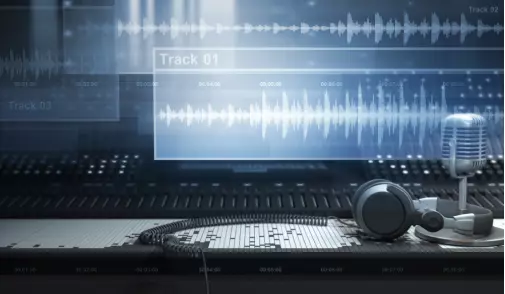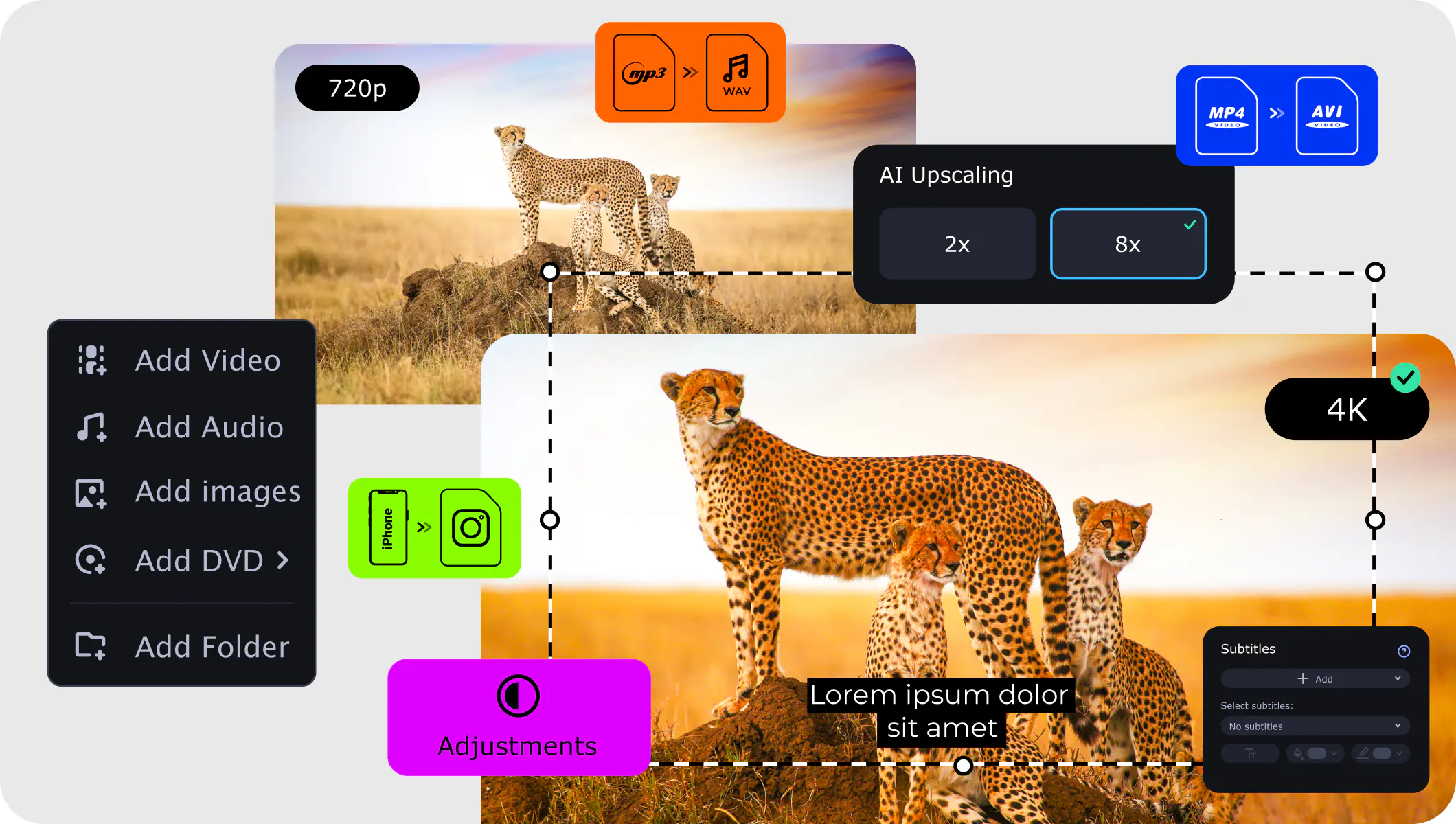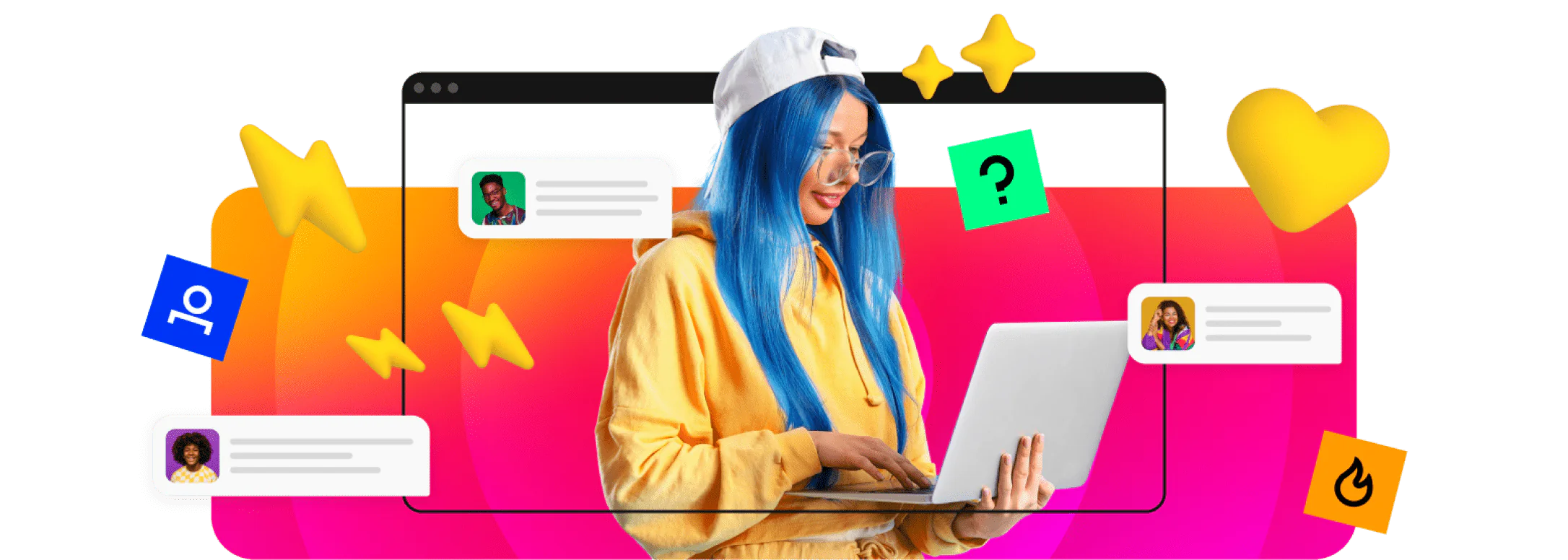Movavi Video Converter
Lightning-fast conversion
Batch processing of files – any number, any size
No quality loss, even with 4K videos
Easy editing and compression
You cannot compare MP3 vs MP4 without mentioning that the two media file systems are related in many ways. The files are pretty much the same, but the single-digit difference between MP3 and MP4 files lies in the way the content is compressed in the file. This post focuses on the key similarities and differences everyone who uses the files should know about.
However, to understand why the two media files grew to become very popular, we must first understand how they came about.
What is MP3?

MP3 is the shortened form of MPEG-1 Audio Layer 3. This is an IEC and ISO standard audio encoding format of 1994 that uses lossy compression. European engineers working on the digital radio research program developed the initial MP3 system in 1991. MP3 was made available for public use in July 1994 with a 13enc encoder. However, the .mp3 filename extension was not introduced until a year later to replace the then .bit extension.
The lossy compression technology that MP3 uses became very popular with the release of the MP3 file system. This is because the compression technology significantly reduces the data for an MP3 audio recording without compromising the audio quality. Compared to audio CDs of that time, MP3s use a psychological trick to achieve small file sizes that use up smaller memory but with better quality output. Devices that played MP3 files showed better power usage than CD and DVD devices.
How MP3 works
Do you notice any similarities between the definition of MP3 and JPEG or JPG? The trick both file systems use to store data is the same. MP3 uses a psychological trick where chunks of information are taken off an audio file in a way that the human ear will not notice. JPG image files use the same trick to shrink down the size of photos to a fraction without affecting the image's key details.
An MP3 file takes as little as 10 percent of the storage an audio CD track of the same quality takes. The introduction of this media file completely revolutionized the music industry and changed how people collect, store, or list their music.
What is MP4?

Whereas MP3 stands for MPEG-1 Layer 3, MP4 stands MPEG-4 part 14. Unlike MP3 files that exclusively store audio content, MP4 is more of a container file that can store different content types, including audio, video, and data. Because of this flexibility, files of type MP4 are not as popular as MP3. Since an MP4 file can contain any form of data, it gets tricky to identify files by their names.
MP4 was initially released to the public in 2002 and quickly became popular thanks to Apple's iPod, which played MP4 files. The advent of media players, multimedia, and smartphones sealed MP4 as the default media file type for video content.
Why MP4 is popular
Some companies have tried to lessen the confusion caused by MP4 files among users by using different extensions for MP4 files with different data. For instance, Apple decided to introduce .m4a extensions to differentiate MP4 audio files from MP4 video files with extension .m4a. Later on, the technology used in Apple's QuickTime was used to improve the processing time of MP4 files.
When comparing MP3 vs MP4, note that MP4 files and MP4-compatible media have many other classifications with unique extensions that MP4 players will play without a problem. MP4 is the most popular video file format, followed, by far, by Apple's QuickTime (.mov) file format. MP4 files take less disk space because of the compression technology it uses and can be played by pretty much every video media player available.
Difference between MP3 and MP4
Whereas MP3 is an audio encoding format, MP4 is a digital multimedia container that can store a range of data, including video, audio, and text. Both MP3 and MP4 files use almost similar technology to compress media and data in a file and make it small in size without deteriorating its quality.
Virtually any media player today will be able to play any MP3 files. However, not all media players – even those that specifically play video - support files of MP4 type. It supports the fact that MP3 has become the default file type for storing audio content in CD quality at about a twelfth the size of the original file. An application must first decompress an MP4 file, then play the extracted media if supported.
How MP3 and MP4 store data
MP4 file types, being mere containers for storing data rather than the data itself, offers limited ways of handling the encoded file. This explains why MP4 files did not pick up and become popular the way MP3 files did. Applications that play MP4 files will need to rely on specific codecs (coders and decoders) to determine how the file is encoded and how it should be decoded and decompressed.
Most MP4 files will often have an audio stream of MP3 that plays alongside the content of other formats. For instance, a file may contain a MPEG-4 Part 10 as well as MPEG-4 Part 2 video, MP3 audio, and MPEG-4 Timed Text subtitles. However, because it is merely a container and not a file, MP4 media files can contain sound layers of different formats such as ALAC, TTSI, AAC, SLS, or ALS.
Comparison table
The similarities between MP4 vs. MP3 files extend beyond the name; they are both certified as the International Standard of audio and video formats. The two file systems, however, have significant differences that everyone should know.
Here’s what Movavi’s team does to provide you with verified information:
When selecting products to include in our reviews, we research both demand and popularity.
All the products covered in this article have been tested by our team.
When testing, we compare key characteristics, including supported input and output formats, quality loss when converting, and other significant features.
We study user reviews from popular review platforms and make use of this information when writing our product reviews.
We collect feedback from our users and analyze their opinions of Movavi software as well as products from other companies.

It is important to note that the file sizes of MP3 versus MP4 media are primarily dependent on the resolution of the media. For instance, with audio MP3 files, the higher the bitrate, the larger the file, and vice versa.
With MP4 files, the higher the video resolution and the sound layer format determines the ultimate size of the file. Better compression means smaller files and better battery time for playback devices.
Everyone uses MP3 files in one way or another every day. When you listen to podcasts, have a playlist of favorite songs, or even set a ringtone, chances are you use MP3 files. MP3 files are ideal for recording audio files, while movies, video clips, and other motion picture content such as camera recordings can be saved as MP4 files.
MP4, improved with the compression technology used by Apple's QuickTime MOV files, is a versatile media file playable by a majority of media players on all platforms.
Wondering which is best to use between MP3 vs MP4? The right file type will depend on the nature of the media you wish to store. If you are looking to convert file formats between MP3 and MP4, you can use Movavi Video Converter. This is a simple to use yet powerful video converter to transform MP3 files to MP4 and vice versa.
Frequently asked questions
Movavi Video Converter
The ideal way to get your media in the format you need!


Have questions?
Join for how-to guides, speсial offers, and app tips!
1.5М+ users already subscribed to our newsletter